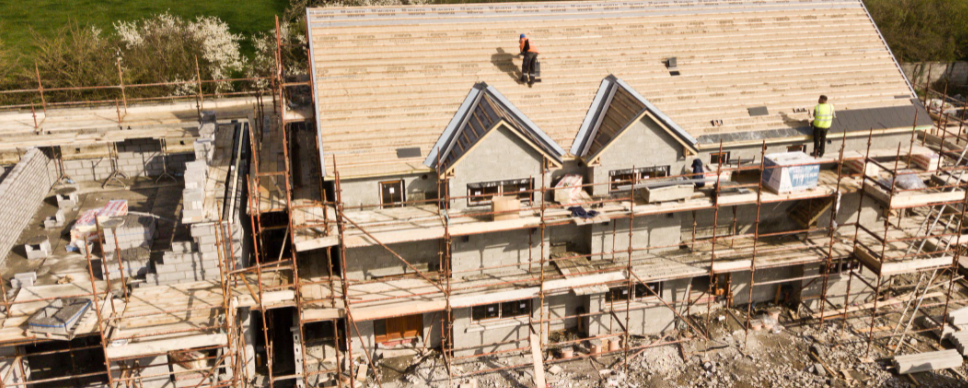
Many factors influence building costs. These factors fall under the general categories of material costs, services costs, and labour costs.
Looking at material costs, there are many sub-categories such as framing lumber, concrete, steel, gyproc, insulation, etc. Each of these sub-categories are impacted by supply and demand forces in their particular market which ultimately influences the cost for that item.
Looking at framing lumber, these costs have risen significantly during the past year mainly due to a rapid rise in housing starts. On the other hand, labour costs have flattened or in some cases fallen with some sub-trades and in some regions during the past year due to mass layoffs and high unemployment caused by the COVID pandemic.
Although there are innumerable factors that influence building costs, during the last ten years the overall trend has been inflationary.
During the first year of the pandemic, there has been a great deal of volatility, but the overall trend has been inflationary as well.
According to Stats Canada, Canadian residential construction costs increased by 12% between Q1 2020 and Q1 2021.
We have observed in some cases that although building material costs have recently risen significantly, some developers are decreasing profit margins or taking some other steps to lessen the inflationary impact.
As an example, statistical data indicates that overall building costs in the Vancouver region rose 3.7% from Q4-2019 to Q4-2020, and that during the same period the cost of single family housing rose 6.6%.

What is the current outlook for building cost trends for 2021 and 2022?
This short-term rate of building cost inflation is unsustainable. Therefore, at some point in 2021 or 2022 the pace of increase should slow to levels that are more traditional. There may even be a period of deflation to some degree as the markets re-adjust. However, with so many different factors at play it is impossible to predict the nature and timing of this change in trends.
How does this affect Insurance Appraisals?
During normal business cycles, Suncorp’s professional staff monitor a wide variety of data sources to support building cost estimates for a wide variety of building types, and in a wide variety of locations. This includes analysis of statistical data from Stats Canada, RS Means, Marshall & Swift, and many other reliable sources. We also collect and analyze market data in the form of actual costs from current construction projects.
During times of economic instability, such as the COVID pandemic, market forces become volatile. This volatility affects the many factors that influence building costs. As such, it becomes challenging to accurately estimate building costs during these periods. For example, statistical reports often have a 3-6 month lag time. Accordingly, the recommendation by many brokers is to have a professional appraisal done at regular intervals so long term market factors such as economic and even monetary factors (exchange rates) are considered to arrive at an accurate value.
